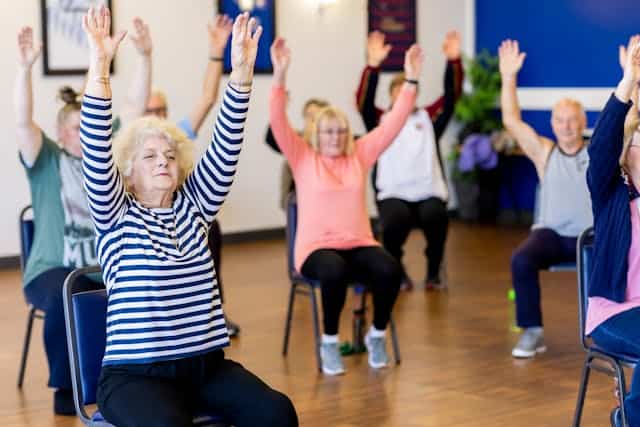
Genetic variants related to physical activity or sedentary behaviour: a systematic review
January 27, 2021
Sedentary behaviour in relation to ovarian cancer risk: a systematic review and meta-analysis
February 10, 2021A new study titled “Sensor-based physical activity, sedentary time, and reported cell phone screen time: A hierarchy of correlates in youth” has recently been published in the Journal of Sport and Health Science. The full article can be found here. Citation details, highlights and a summary of the paper are re-posted below.
Citation
Júdice PB, Magalhães JP, Rosa GB, Henriques-Neto D, Hetherington-Rauth M, Sardinha LB. Sensor-based physical activity, sedentary time, and reported cell phone screen time: A hierarchy of correlates in youth. J Sport Heal Sci. 2020;10(1):55-64. doi:10.1016/j.jshs.2020.03.003
Highlights
- Evidence of correlates for physical activity rely mostly on subjective metrics.
- We included sensor-based physical activity, sedentary time, and self-reported cell phone time.
- A multiplicity of correlates were hierarchized using Chi-squared Automatic Interaction Detection analysis in 2179 youths.
- Girls, sport participation/facilities, neighborhood, and family must be prioritized.
Abstract
Background
Evidence on correlates relies on subjective metrics and fails to include correlates across all levels of the ecologic model. We determined which correlates best predict sensor-based physical activity (PA), sedentary time (ST), and self-reported cell phone screen time (CST) in a large sample of youth, while considering a multiplicity of correlates.
Methods
Using sensor-based accelerometry, we assessed the PA and ST of 2179 youths. A χ2 automatic interaction detection algorithm was used to hierarchize the correlates associated with too much ST (> 50th percentile), insufficient moderate-to-vigorous PA (MVPA) (<60 min/day), and prolonged CST (≥2 h/day).
Results
Among youth 10–14 years old, the correlates for being inactive consisted of being a girl, not having sport facilities in the neighborhood, and not perceiving the neighborhood as a safe place, whereas in the youth 15–18 years old, the correlate for being inactive was not performing sports (9.7% chance of being active). The correlates for predicting high ST in the younger group was not performing sports (55.8% chance for high ST), and in the older group, the correlates were not owning a pet, perceiving the neighborhood as safe, and having inactive parents (63.7% chance for high ST). In the younger group, the greatest chances of having high CST were among those who were in the last elementary school years, who were girls, and who did not have friends in the neighborhood (73.1% chance for high CST), whereas in the older group, the greatest chance for having high CST was among those who were girls and had a TV in the bedroom (74.3% chance for high CST).
Conclusion
To counteract ST and boost MVPA among youths, a specific focus on girls, the promotion of sport participation and facilities, neighborhood safety, and involvement of family must be prioritized.
To read the paper in full, please visit this link.




